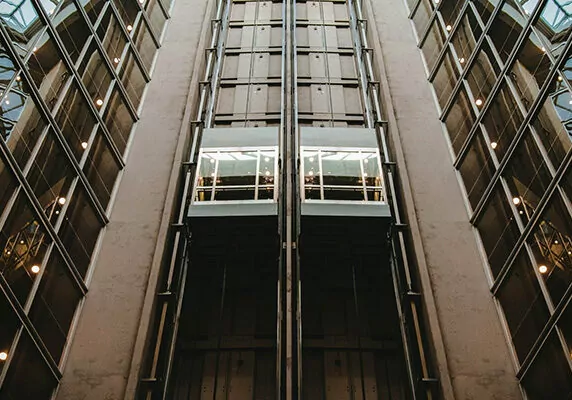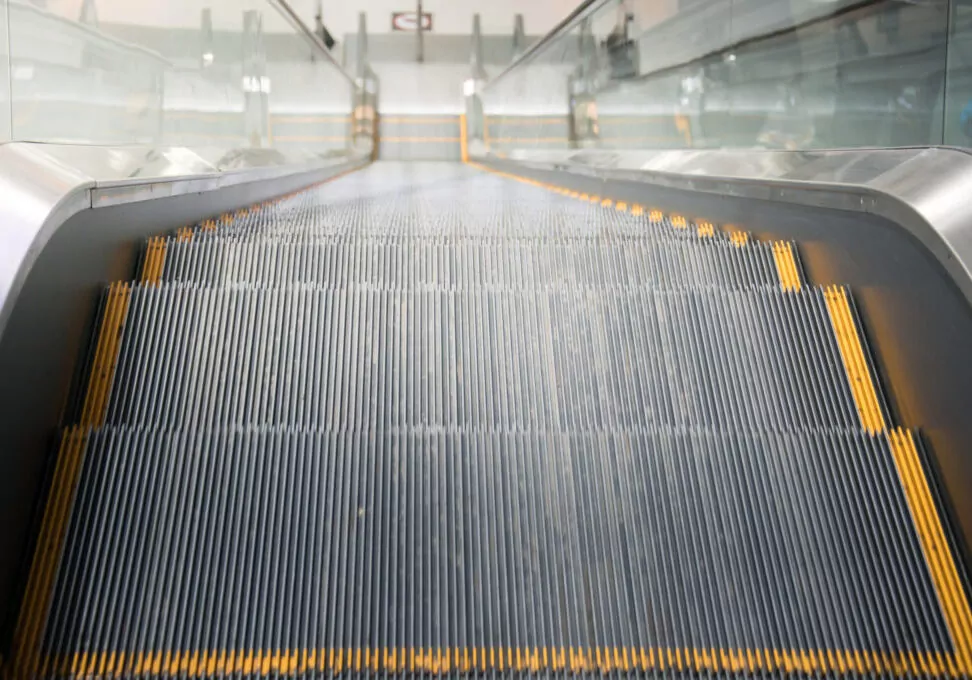Following years of call for change, the U.S. Consumer Product Safety Commission (CPSC) has taken action to compel home elevator companies to rectify a safety hazard linked to 69,000 accidents and deaths of children. The recalls over the past year include 117,100 units across the United States that pose a risk of trapping children between the elevator car door and the exterior landing door. Normally, one would think attorneys would discuss commercial elevator accidents in hotels, but home elevators are becoming more prominent.
- In January, three companies that sell in-home elevators — Bella Elevator, Inclinator Company of America, and Savaria Corporation — announced voluntary recalls of 69,000 elevators.
- In mid-September, the CPSC settled an administrative lawsuit with ThyssenKrupp Access, a residential elevator company now known as TK Access Solutions. The deal requires the company to recall 16,800 residential elevators, conduct safety inspections, and provide repairs. Federal regulators initially tried to negotiate a solution with the company but filed suit last year after the effort failed.
- In late September, the commission issued recalls for Custom Elevator and Cambridge Elevating. In an announcement, Alex Hoehn-Saric, chairman of the CPSC said: “Residential elevators pose a deadly risk to children. It’s long past time for all homeowners to address the hazard and ensure that children cannot get trapped between elevator doors, particularly in homes that are used as vacation rentals, by families who may not be familiar with elevators.”
Home elevator safety issues date back decades
According to a Washington Post investigation, the elevator industry has known about the potential danger — and a simple fix — since at least the 1940s. However, in most cases, companies resisted calls to do little if anything at all. And until recently, regulators failed to pressure the companies to make changes. In 2005, several elevator experts tried to change the nation’s elevator safety code to shrink the door gap — and were rejected. When the elevator code finally changed in 2017, after even more accidents, it applied only to new installations.
The issue stems from a design flaw in many home elevators that leaves enough room between the inner door and swinging outer door for a young child to become trapped. When the elevator car is called to another floor, both doors close and lock. The Washington Post noted that a $100 plastic or foam guard can be installed to fill in the space between the doors to alleviate accidents.
Critics say safety alert was not enough
In a 2019 safety alert, CPSC warned of the risk of entrapment due to the “deadly gap between doors in home elevators, “CPSC is aware of several tragic incidents in which children became entrapped between the doors leading to death, serious fractures, traumatic asphyxia, and lifelong injuries.”
At the time, victims’ families, elevator officials, and even some CPSC commissioners said it was not enough and urged the agency to do more. Bob Shepherd, executive director of the National Association of Elevator Safety Authorities, which certifies elevator inspectors, told the Washington Post, “It will fall on deaf ears.”
Home elevator accidents keep happening
In July of 2021, yet another child tragically died in a home elevator accident that investigators said fit the pattern of entrapment. The victim, a 7-year-old boy from Canton, Ohio, was found trapped between the elevator car and the elevator shaft inside a vacation home on North Carolina’s Outer Banks.
According to the most recent CPSC release, at least 41 deaths can be attributed to elevators between 2018 and 2021. When it comes to children, specifically, at least eight have been killed and two more seriously hurt in home elevator accidents between 1981 and 2019, according to a CPSC database. But elevator industry experts tell the Post the real number is significantly higher.
The same Post article also says victims’ families have for years pleaded with regulators to force residential elevator companies to fix the problem.
- In 2010, a 3-year-old boy was crushed by a ThyssenKrupp Access elevator on Christmas Eve in his home outside Atlanta. Pinned at the chest by the elevator, firefighters needed special tools to free him. He survived but suffered a severe brain injury.
- In 2017, a 2½-year-old boy died at his grandparents’ home in Little Rock in another accident tied to the same elevator company.
Even more children just barely escaped alive.
- In 2019, a 4-year-old boy was pinned under an elevator in his grandparents’ home near Salt Lake City. His mom, who was preparing Thanksgiving dinner, heard screaming and crying from inside the elevator. Then the boy went silent. With the help of an automobile jack, the boy’s dad and grandfather managed to hoist the car up to save him.
Putting safety first
During his confirmation hearing, Hoehn-Saric pledged to make home elevator safety a priority for the CPSC.
“Consumers and their families should feel safe using the residential elevators in their own homes, the homes of relatives, or in rental or vacation homes,” he said. “We look forward to working with industry to continue to protect consumers from this hazard.”
Do you need help?
If you have sustained an injury as the result of an elevator accident, you may be entitled to compensation. We can help. The lawyers at Penney & Associates have decades of experience and are experts in wrongful death and personal injury law. Schedule a free consultation to learn more.



